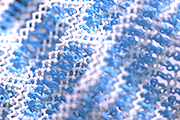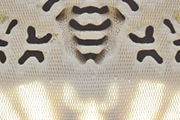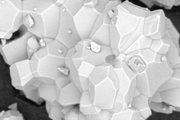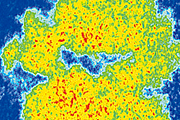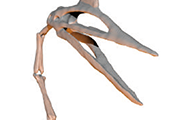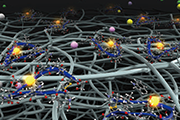Computationally Synthesized Soft Robots Walk/Climb Like Biological Organisms
A study conducted by Hiroki Kobayashi et al., in collaboration with Georgia Institute of Technology and Toyota Research Institute of North America was published in the Science Advances. This study was conducted in cooperation with Frontier Research Center of Toyota Motor Corporation.
Soft robots have gained prominence due to their adaptability to the surrounding environment. Traditional soft robot design is based on limb structures inspired by biological organisms and requires human intervention.
Here, we present a design approach for pneumatic locomotive soft robots that integrates gradient-based topology optimization with multiphysics material point method (MPM) simulations. The topology optimization with MPM then automatically and iteratively designs the soft robot shape starting from a simple initial shape (a cube with a central cavity). We design two soft robots, one for walking and one for climbing. These soft robots are 3D printed and exhibit the same locomotion features as in the simulations. This study presents an efficient strategy for designing soft robots, demonstrating that a purely mathematical process can produce limb-like structures seen in biological organisms.
Title: Computational Synthesis of Locomotive Soft Robots by Topology Optimization
Authors: Kobayashi, H., Gholami, F., Montgomery, SM., Tanaka, M., Yue, L., Yuhn, C., Sato, Y., Kawamoto, A., Qi, HJ., Nomura, T.
Journal Name: Science Advances
Published: July 24, 2024
https://doi.org/10.1126/sciadv.adn6129


















